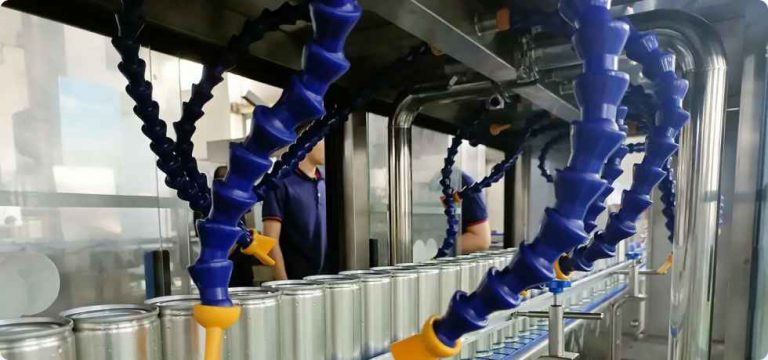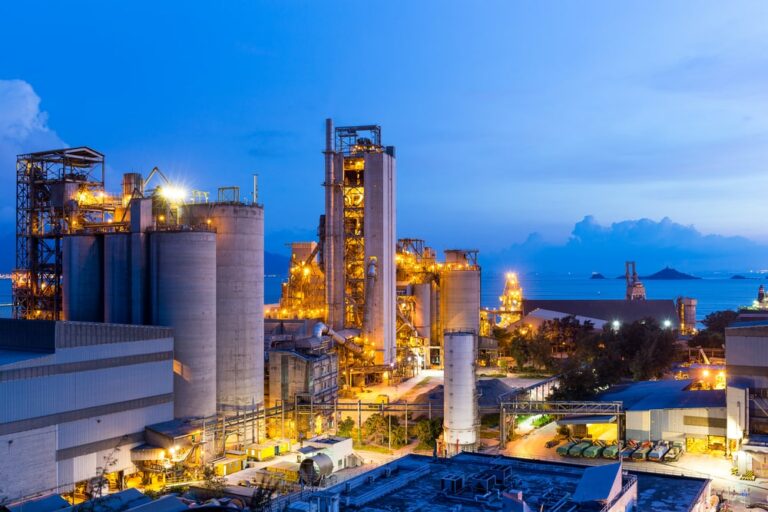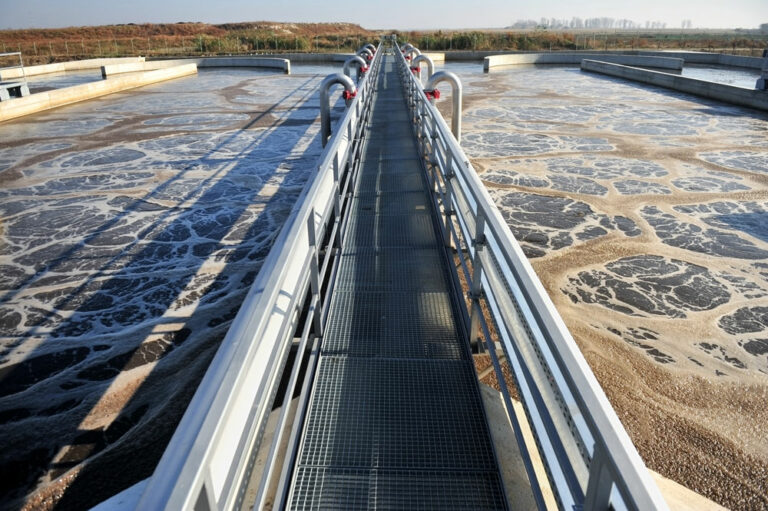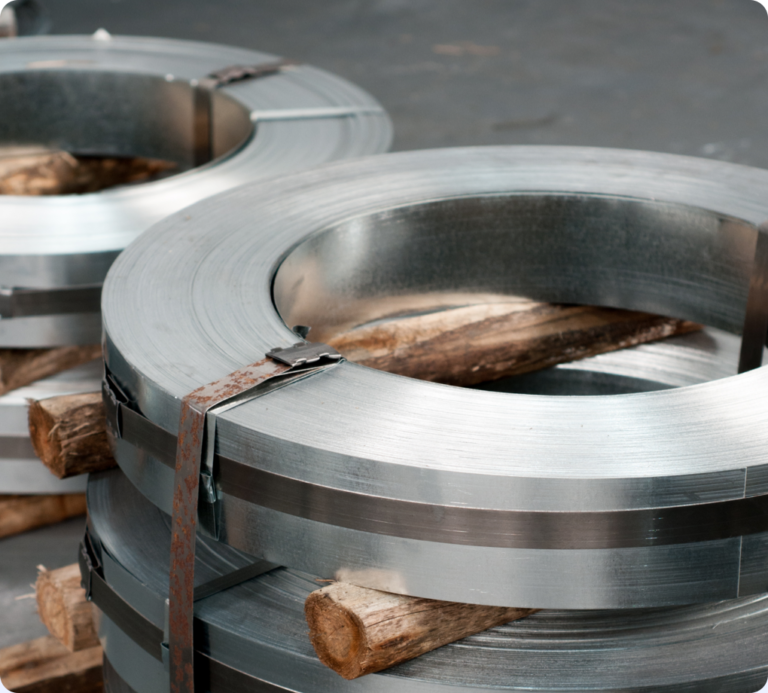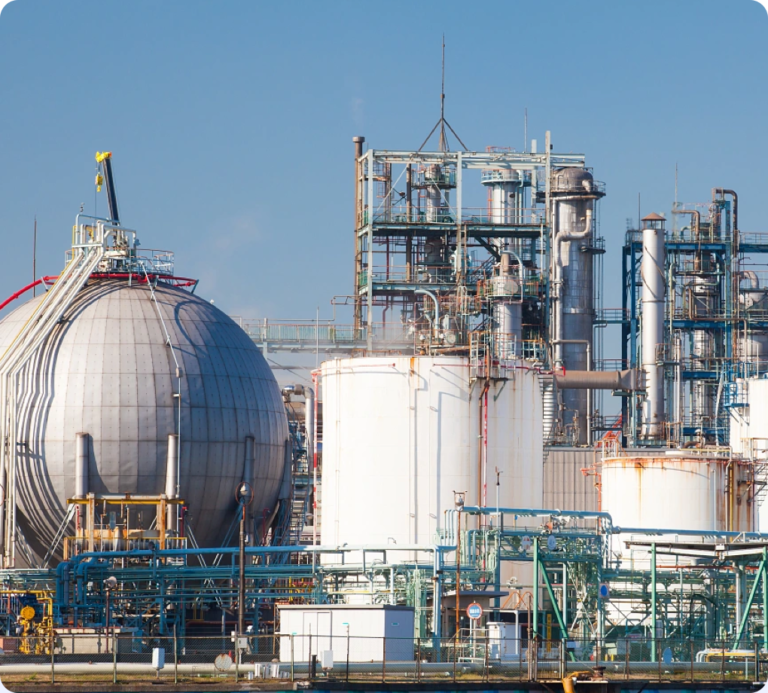RAETTS have realized the R&D and intellectual manufacturing of the whole industrial chain of blowers and compressors. Innovation has never stopped, technology is the king. After more than ten years of innovation and development, RAETTS has broken through the international technology monopoly and created a mature air bearing blower and maglev turbo blower dual production lines firstly in the industry, pioneered the portable and the miniature type air bearing blower.We have Won High Praise From Our Clients Who Came From Europe,America,Asia,Congo, Democratic Republic of the,Tokelau,Samoa,Burundi,Netherlands,India,Mongolia,French Guiana… etc.
RAETTS has passed ISO9001 quality management system certification, ISO14001 environmental management system certification, ISO45001 occupational health and safety management system certification, ISO10012 measurement management system certification, five-star after-sales service system certification, intellectual property management system certification and other authoritative certifications.
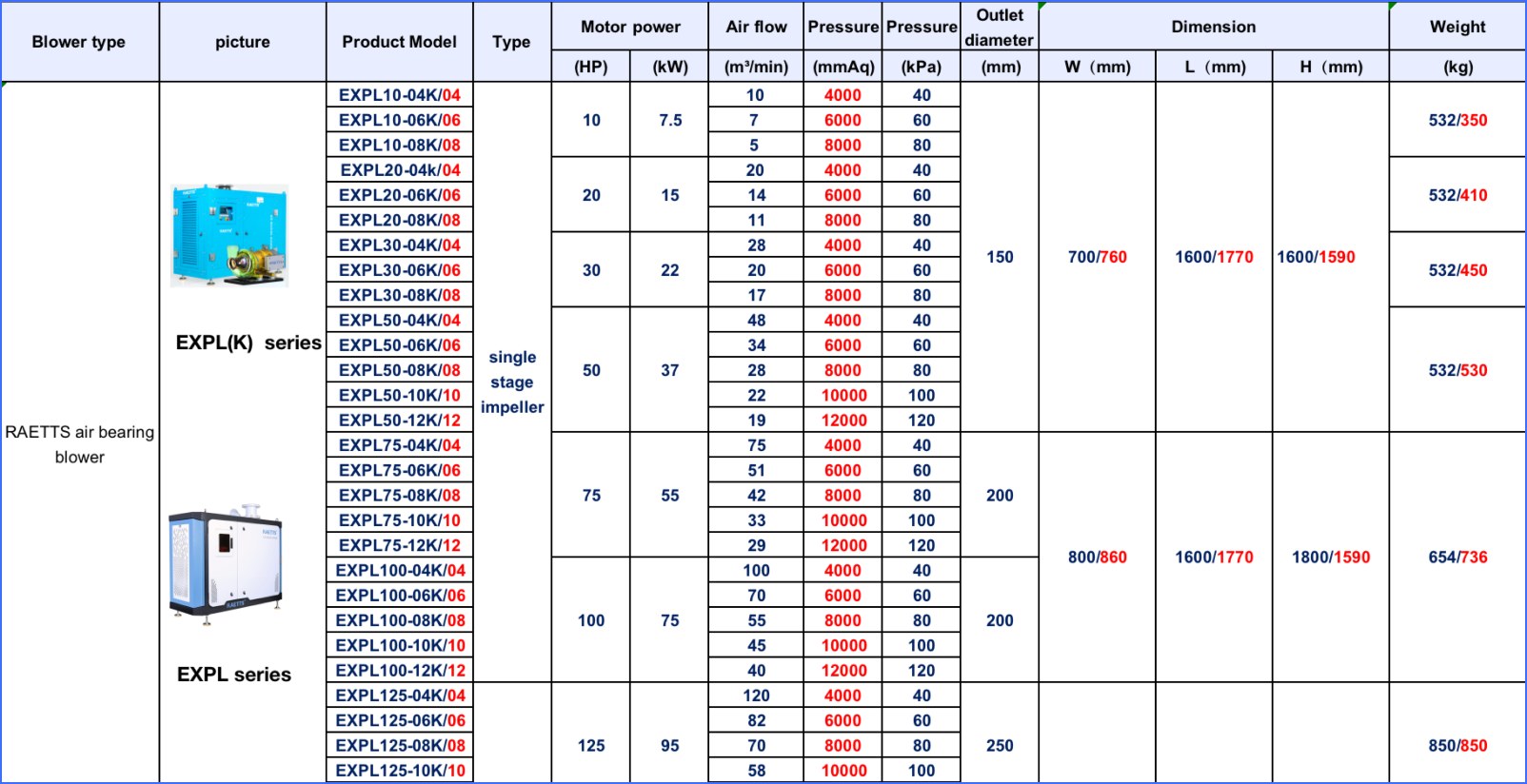
| Product name | Centrifugal (Turbo) Blowers |
| Keyword | mini turbo blower,Air Compressors and Blowers for Mining,centrifugal blower for copper foil plant,industrial blower solution for cement industry,turbo blower distributors |
| Place of Origin | China |
| Feature | RAETTS air bearing turbo blower is a brand-new concept blower, which integrates the main core technologies such as “air suspension bearing”, “permanent magnet ultra-high-speed motor”, “high-precision aviation-grade impeller”, and creates a new era of ultra-high efficiency ,low noise and low energy consumption. |
| Dimensions | 798mm*724mm*797mm, (Contact us for specific information to confirm) |
| Applicable Industries | environmental protection, etc. |
| Weight | 470kg |
| delivery date | the common delivery time will be 30-40 days. |
| terms of paymen | RAETTS accept payment by T/T(30% advance payment,70% before shipment) |
| Life span | 18 years (Contact us for specific information to confirm) |
| After-sale service | RAETTS warranty time for air bearing blower and maglev turbo blower is 24months,for high speed centrifugal blower is 12 months. |
| Advantage | We keep good quality and competitive price to ensure our customers benefit |
| Packing | 877x804x899mm(Contact us for specific information to confirm) |
| OEM/ODM | Customization Service Provided |
| Sales country | All over the world for example:Congo, Democratic Republic of the,Tokelau,Samoa,Burundi,Netherlands,India,Mongolia,French Guiana |
| MOQ | 8pcs(Contact us for specific information to confirm) |
| production capacity | production capacity RAETTS production quantity for air bearing blower and maglev turbo blower is about 200pcs/month,for high speed centrifugal blower is about 700pcs/month. |
| raw materials | RAETTS air blower impeller in made of aluminum alloy,enclosure material is carbon steel,rotor material is cast iron.If customers need other special materials,we can also customized according to customers requirements |
| technology | RAETTS air bearing blower technology is originated from South Korea and maglev turbo blower technology is originated from Germany.RAETTS also have R&D team from Xi’an Jiaotong University |
| quality system | RAETTS has quality management system certificate ISO9001:2015 and enviromental management system certificate ISO14001:2015 |

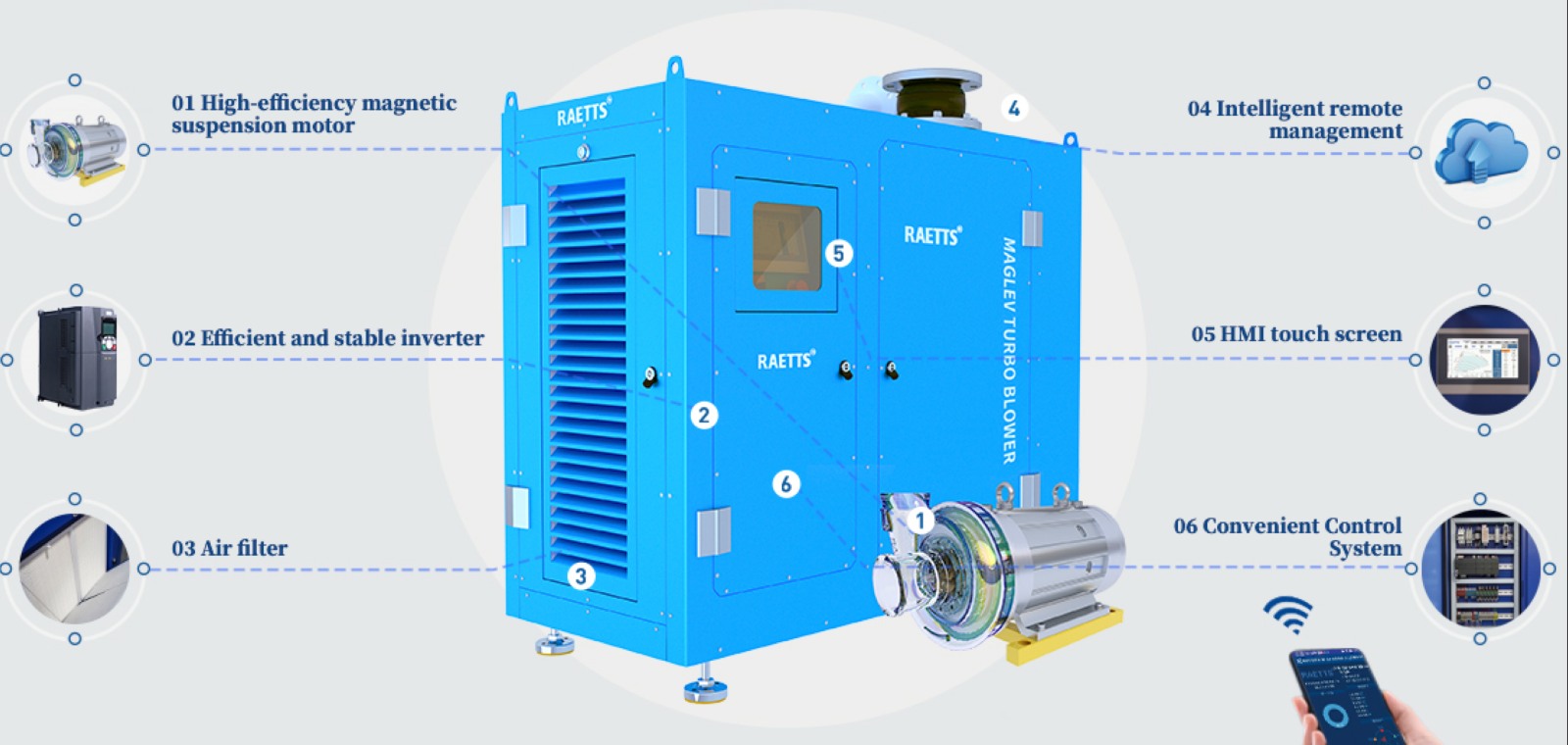
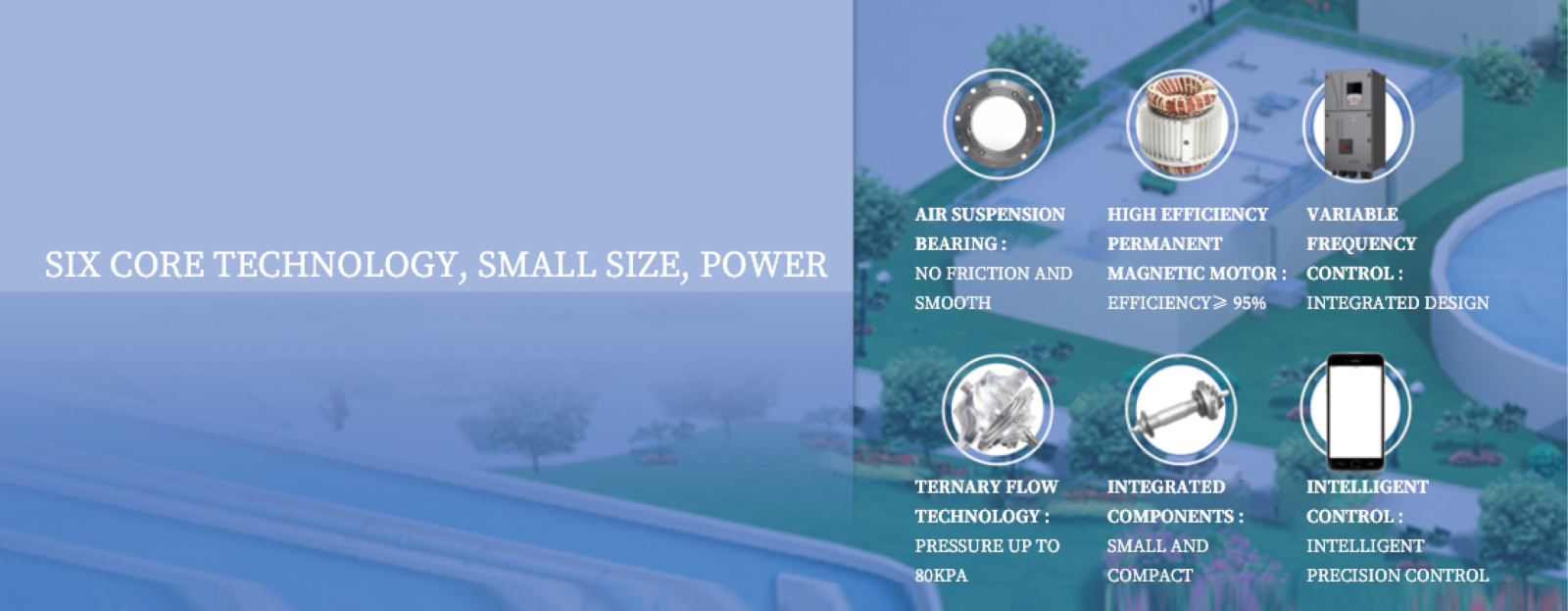
Centrifugal (Turbo) Blowers services FAQs Guide
Are you looking for a quick review guide about Centrifugal (Turbo) Blowersservices?
An ultimate FAQ buying guide is available to help you.This guide contains all the information about all the important facts, figures, and various processes regarding Centrifugal (Turbo) Blowers services.
Let’s continue!
2.Are There Environmental Benefits to Using a Turbo Blower?
3.How Does a Turbo Blower Compare to Traditional Centrifugal Blowers?
4.What Are the Advantages of Choosing a High-Speed Turbo Blower?
5.What are the different types of Centrifugal (Turbo) Blowers available in the market?
6.About Centrifugal (Turbo) Blowers production skills training
7.About Centrifugal (Turbo) Blowers raw materials
8.How Does a Turbo Blower Affected by Changes in Ambient Temperature?
9.What is a Turbo Blower and How Does it Work?
10.About Centrifugal (Turbo) Blowers technology
1.About the development history of Centrifugal (Turbo) Blowers factory
RAETTS was set up in the year of 2011,the first product is super series high speed centrifugal blower(belt-drive type).The second product is developed in 2014,it is the direct-drive type high speed centrifugal blower,higher efficiency than belt-drive type.Both of this two blowers are used as the air source of the air knife drying systems.The air bearing blower was developed in 2018 and maglev turbo blower was developed in 2019.In 2020,we developed turbo compressor,which is to meet different applications which need higher pressure.
2.Are There Environmental Benefits to Using a Turbo Blower?
Our mission is to provide customers with the best solutions for Centrifugal (Turbo) Blowers.
Yes, there are several environmental benefits to using a turbo blower:
1. Energy Efficiency: Turbo blowers are more energy efficient compared to traditional blowers, which means they consume less energy to produce the same amount of air flow. This results in lower energy consumption and reduced carbon emissions.
2. Reduced Noise Pollution: Turbo blowers are designed to operate at lower noise levels compared to traditional blowers. This helps to reduce noise pollution in the surrounding environment, making them ideal for use in residential areas or noise-sensitive locations.
3. Lower Maintenance Requirements: Turbo blowers have fewer moving parts compared to traditional blowers, which means they require less maintenance and have a longer lifespan. This reduces the need for frequent replacements and disposal of old equipment, resulting in less waste and environmental impact.
4. Reduced Carbon Footprint: As turbo blowers are more energy efficient, they help to reduce the carbon footprint of the facility where they are used. This is beneficial for the environment as it helps to mitigate the effects of climate change.
5. Improved Air Quality: Turbo blowers are designed to provide a consistent and clean air flow, which helps to improve the air quality in the surrounding environment. This is especially important in industrial settings where air pollution can be a major concern.
6. Reduced Water Usage: Some turbo blowers are designed to use water as a lubricant, which reduces the need for oil or other lubricants. This helps to conserve water resources and reduce the risk of water pollution.
Overall, using a turbo blower can have a positive impact on the environment by reducing energy consumption, noise pollution, carbon emissions, and water usage, while also improving air quality and reducing maintenance requirements.
3.How Does a Turbo Blower Compare to Traditional Centrifugal Blowers?
We pay attention to the introduction and training of talents, scientifically regulate the management system, and focus on cultural construction and team cohesion.
A turbo blower is a type of centrifugal blower that uses a high-speed impeller to generate air flow. It differs from traditional centrifugal blowers in several ways:
1. Design: Turbo blowers have a more compact and streamlined design compared to traditional centrifugal blowers. This is because they use a single-stage impeller, which eliminates the need for multiple stages and reduces the overall size of the blower.
2. Speed: Turbo blowers operate at much higher speeds than traditional centrifugal blowers. While traditional blowers typically operate at speeds of 3,600 RPM or lower, turbo blowers can reach speeds of up to 30,000 RPM. This allows them to generate higher air flow rates and pressures.
3. Efficiency: Due to their high speeds, turbo blowers are more efficient than traditional centrifugal blowers. They require less energy to operate and can achieve higher air flow rates with the same power input.
4. Maintenance: Turbo blowers have fewer moving parts compared to traditional centrifugal blowers, which means they require less maintenance and have a longer lifespan.
5. Noise: Turbo blowers are generally quieter than traditional centrifugal blowers due to their streamlined design and high-speed operation.
6. Control: Turbo blowers offer more precise control over air flow and pressure compared to traditional centrifugal blowers. This is because they can adjust their speed and impeller angle to meet specific process requirements.
Overall, turbo blowers offer several advantages over traditional centrifugal blowers, including higher efficiency, lower maintenance, and more precise control. However, they may also come at a higher initial cost. The choice between the two types of blowers will depend on the specific needs and requirements of the application.
4.What Are the Advantages of Choosing a High-Speed Turbo Blower?
We have the leading technology and innovation capabilities, and attach importance to employee training and development, and provide promotion opportunities.
1. Energy Efficiency: High-speed turbo blowers are designed to operate at high speeds, which results in higher energy efficiency compared to traditional blowers. This means lower energy consumption and cost savings for the user.
2. Compact Size: High-speed turbo blowers are smaller in size compared to traditional blowers, making them ideal for applications where space is limited. This also makes them easier to install and maintain.
3. Low Noise Levels: High-speed turbo blowers operate at a much lower noise level compared to traditional blowers, making them suitable for use in noise-sensitive environments.
4. Low Maintenance: High-speed turbo blowers have fewer moving parts compared to traditional blowers, resulting in lower maintenance requirements and costs.
5. Wide Operating Range: High-speed turbo blowers have a wide operating range, allowing them to maintain a consistent flow and pressure even when there are fluctuations in demand.
6. Durability: High-speed turbo blowers are designed to be highly durable and have a longer lifespan compared to traditional blowers, resulting in lower replacement and maintenance costs.
7. Flexibility: High-speed turbo blowers can be used for a variety of applications, including aeration, ventilation, and pneumatic conveying, making them a versatile choice for different industries.
8. Environmentally Friendly: High-speed turbo blowers are designed to be environmentally friendly, with lower emissions and energy consumption compared to traditional blowers.
9. Faster Start-Up Time: High-speed turbo blowers have a faster start-up time compared to traditional blowers, allowing for quicker response to changes in demand.
10. Advanced Control Options: High-speed turbo blowers come with advanced control options, such as variable frequency drives, allowing for precise control of air flow and pressure. This results in better process control and energy savings.
5.What are the different types of Centrifugal (Turbo) Blowers available in the market?
For the industrial air blower,normally it is including side channel blower(also called ring blower),roots blower(also called lobe blower),single-stage centrifugal blower,multi-stage centrifugal blower,air foil bearing blowers and maglev turbo blowers.
6.About Centrifugal (Turbo) Blowers production skills training
RAETTS will train the production staffs for 3 months before they do production,including:machine operation,assembly,testing and so on.
7.About Centrifugal (Turbo) Blowers raw materials
RAETTS air blower impeller in made of aluminum alloy,enclosure material is carbon steel,rotor material is cast iron.If customers need other special materials,we can also customized according to customers requirements.
8.How Does a Turbo Blower Affected by Changes in Ambient Temperature?
We attach importance to the innovation ability and team spirit of employees, have advanced R & D facilities and laboratories, and have a good quality management system.
A turbo blower is a type of centrifugal blower that uses a high-speed impeller to generate air flow. The performance of a turbo blower can be affected by changes in ambient temperature in several ways:
1. Air Density: The density of air decreases as the temperature increases. This means that the same volume of air at a higher temperature will have a lower mass compared to the same volume of air at a lower temperature. As a result, the air entering the turbo blower will have a lower mass, which can affect the blower’s performance.
2. Air Viscosity: The viscosity of air also decreases with an increase in temperature. This means that the air will be less resistant to flow, resulting in a decrease in pressure and flow rate. This can affect the efficiency of the turbo blower, as it may require more power to achieve the desired flow rate.
3. Bearing Temperature: The bearings of a turbo blower can be affected by changes in ambient temperature. If the temperature is too high, it can cause the bearings to overheat, leading to premature wear and failure. On the other hand, if the temperature is too low, the bearings may not reach their optimal operating temperature, resulting in reduced efficiency and increased wear.
4. Motor Performance: The motor that drives the turbo blower can also be affected by changes in ambient temperature. If the temperature is too high, it can cause the motor to overheat, leading to reduced performance and potential damage. Similarly, if the temperature is too low, the motor may not reach its optimal operating temperature, resulting in reduced efficiency and increased wear.
To mitigate the effects of ambient temperature on a turbo blower, it is important to properly size and select the blower for the specific operating conditions. This may include using a larger blower or incorporating a cooling system to maintain optimal operating temperatures. Regular maintenance and monitoring of the blower’s performance can also help identify any issues caused by changes in ambient temperature and address them promptly.
9.What is a Turbo Blower and How Does it Work?
We enjoy high authority and influence in the industry and continue to innovate products and service models.
A turbo blower is a type of centrifugal blower that uses a high-speed impeller to move air or gas through a system. It is commonly used in industrial and commercial applications for ventilation, aeration, and pneumatic conveying.
The basic principle of a turbo blower is similar to that of a centrifugal fan. The impeller, which is a rotating wheel with curved blades, draws air in through the center and then accelerates it outward. This creates a high-velocity stream of air that is then directed through a diffuser, which converts the kinetic energy into pressure energy. The pressurized air is then discharged through an outlet.
The main difference between a turbo blower and a centrifugal fan is the speed at which the impeller rotates. A turbo blower typically operates at much higher speeds, often in the range of 15,000 to 50,000 revolutions per minute (RPM). This high speed is achieved through the use of a direct-drive motor or a gear system.
The high speed of the impeller allows for a more compact design and higher efficiency compared to traditional centrifugal fans. It also results in a more uniform flow of air, which is important for applications such as aeration and pneumatic conveying.
In addition to the impeller speed, the design of the blades also plays a crucial role in the performance of a turbo blower. The blades are typically curved and angled to efficiently capture and accelerate the air. They may also be adjustable to allow for fine-tuning of the air flow and pressure.
Some turbo blowers also incorporate variable frequency drives (VFDs) to control the speed of the impeller and adjust the air flow and pressure as needed. This allows for more precise control and energy savings.
Overall, turbo blowers are a highly efficient and versatile option for moving air and gas in various industrial and commercial applications. They offer a compact design, high speed, and precise control, making them a popular choice for many industries.
10.About Centrifugal (Turbo) Blowers technology
RAETTS air bearing blower technology is originated from South Korea and maglev turbo blower technology is originated from Germany.RAETTS also have R&D team from Xi’an Jiaotong University.
Tag:water treatment blower,turbo blower price,air bearing blower,aeration blower,Vacuum Blower Systems,Air Systems for paper production,oil-free air blower

